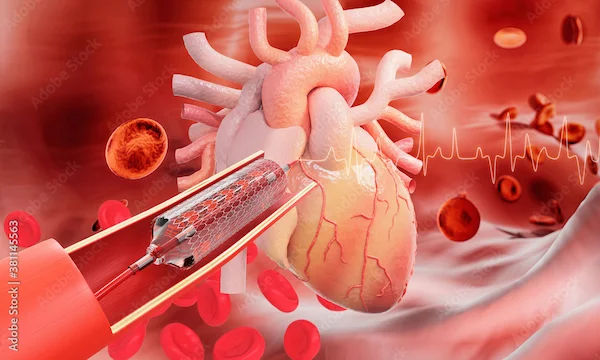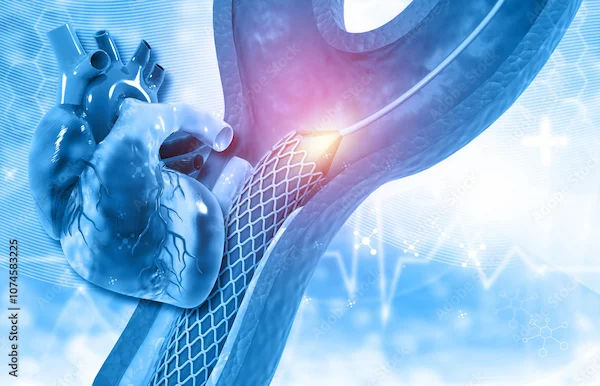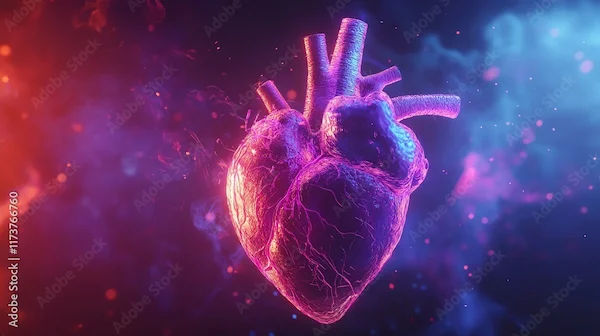Is Angioplasty Necessary After Angiography
Is angioplasty always needed after an angiography? Understand the crucial difference between these procedures: angiography diagnoses blockages, while angioplasty treats them, and isn't always necessary.

Written by
Last updated on 10th Jul, 2025

Introduction
If you or a loved one has been advised to undergo an angiography, you might be wondering whether an angioplasty will be needed afterward. This is a common concern, and understanding the relationship between these two procedures can help ease anxiety and prepare you for what comes next.
Understanding Angiography and Angioplasty
What is Angiography?
Angiography is a diagnostic test that uses X ray imaging to examine your blood vessels, particularly the coronary arteries (which supply blood to the heart). A special dye is injected into the bloodstream, making the arteries visible on Xrays. This helps doctors identify blockages or narrowing in the arteries that could lead to heart problems.
What is Angioplasty?
Angioplasty is a procedure used to open blocked or narrowed arteries. A small balloon is inflated inside the artery to widen it, and often a stent (a tiny mesh tube) is placed to keep the artery open. This improves blood flow to the heart and reduces symptoms like chest pain (angina) or the risk of a heart attack.
Is Angioplasty Always Needed After Angiography?
No, angioplasty is not always necessary after angiography. The decision depends on the findings of the angiography:
No Significant Blockage – If the angiography shows no major blockages, angioplasty is not required.
Minor Blockage – If the blockage is small and not causing severe symptoms, your doctor may recommend medications and lifestyle changes instead.
Severe Blockage – If there is a significant blockage (usually 70% or more), angioplasty may be recommended to restore proper blood flow and prevent complications like a heart attack.
Consult Top Cardiologists For More Information
Factors That Determine the Need for Angioplasty
Your doctor will consider several factors before recommending angioplasty:
Severity of Blockage – Larger blockages are more likely to require intervention.
Symptoms – If you have chest pain, shortness of breath, or other signs of poor blood flow, angioplasty may be needed.
Risk of Heart Attack – If the blockage is in a critical artery, immediate angioplasty may be necessary.
Overall Health – Other medical conditions may influence whether angioplasty is the best option.
What If Angioplasty is Not Done Immediately?
Sometimes, doctors may delay angioplasty even if blockages are found. They might suggest:
Medications – Blood thinners, cholesterol-lowering drugs, or blood pressure medications can help manage blockages.
Lifestyle Changes – A heart healthy diet, regular exercise, and quitting smoking can improve artery health.
FollowUp Tests – Additional tests may be done to assess the need for angioplasty later.
Can Angioplasty Be Avoided?
In some cases, yes. If blockages are detected early, lifestyle changes and medications can help prevent the need for angioplasty. However, if symptoms worsen or blockages become severe, angioplasty may become necessary.
Tips for Heart Health After Angiography
Whether or not you need angioplasty, taking care of your heart is crucial:
Eat a HeartHealthy Diet – Include fruits, vegetables, whole grains, and lean proteins. Avoid excess salt, sugar, and unhealthy fats.
Exercise Regularly – Aim for at least 30 minutes of moderate exercise most days.
Quit Smoking – Smoking damages blood vessels and worsens heart disease.
Manage Stress – Practice relaxation techniques like meditation or deep breathing.
Take Prescribed Medications – Follow your doctor’s advice on medications to control cholesterol, blood pressure, or diabetes.
When to Consult a Doctor?
If you experience:
Chest pain or discomfort
Shortness of breath
Fatigue with minimal exertion
Dizziness or fainting
…seek medical help immediately.
Conclusion
Angioplasty is not always needed after angiography—it depends on the severity of blockages and your symptoms. Your doctor will guide you on the best course of action, whether it’s medication, lifestyle changes, or angioplasty. The key is to stay informed, follow medical advice, and take proactive steps for heart health. If you have concerns about your heart health or need further evaluation, you can book a consultation with a cardiologist through Apollo 24|7. Early detection and proper care can make a big difference in your heart’s wellbeing.
Consult Top Cardiologists
Consult Top Cardiologists For More Information
Dr. Dixit Garg
Cardiologist
10 Years • MBBS , DNB (General medicine) , DNB (cardiology)
Gurugram
Smiles & Hearts, Gurugram

Dr. Pinaki Nath
Cardiologist
8 Years • MBBS, MD General Medicine, DM Cardiology
Barasat
Diab-Eat-Ease, Barasat

Dr Yogendra Singh Rajput
Cardiologist
16 Years • MBBS, MD (General Madicine), DM (Cardiology)
Gurugram
Svasthya Child & Cardiac Care, Gurugram
Dr. Siddhartha Mani
Cardiologist
12 Years • MD ( Medicine), DM (Cardiology)
Kolkata
R. N. Tagore Hospital, Kolkata
Dr. Sibashankar Kar
Cardiologist
10 Years • MBBS, DNB
Bhubaneswar
Hi-Tech Medical College & Hospital, Bhubaneswar
Consult Top Cardiologists
Dr. Dixit Garg
Cardiologist
10 Years • MBBS , DNB (General medicine) , DNB (cardiology)
Gurugram
Smiles & Hearts, Gurugram

Dr. Pinaki Nath
Cardiologist
8 Years • MBBS, MD General Medicine, DM Cardiology
Barasat
Diab-Eat-Ease, Barasat

Dr Yogendra Singh Rajput
Cardiologist
16 Years • MBBS, MD (General Madicine), DM (Cardiology)
Gurugram
Svasthya Child & Cardiac Care, Gurugram
Dr. Siddhartha Mani
Cardiologist
12 Years • MD ( Medicine), DM (Cardiology)
Kolkata
R. N. Tagore Hospital, Kolkata
Dr. Sibashankar Kar
Cardiologist
10 Years • MBBS, DNB
Bhubaneswar
Hi-Tech Medical College & Hospital, Bhubaneswar


.webp)

